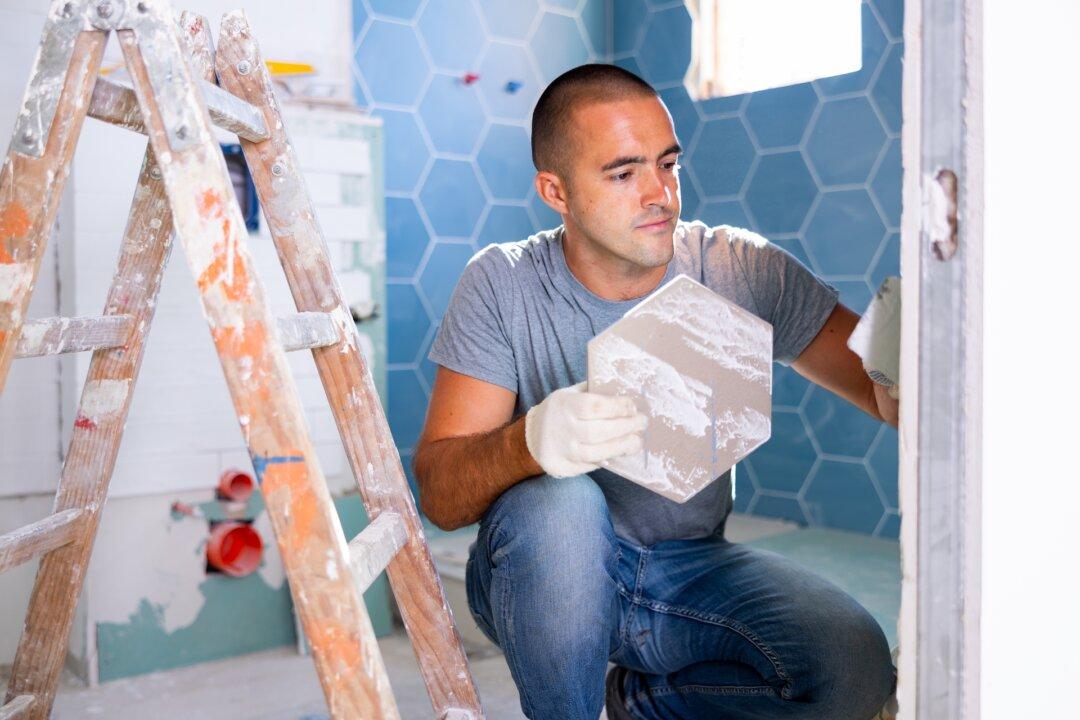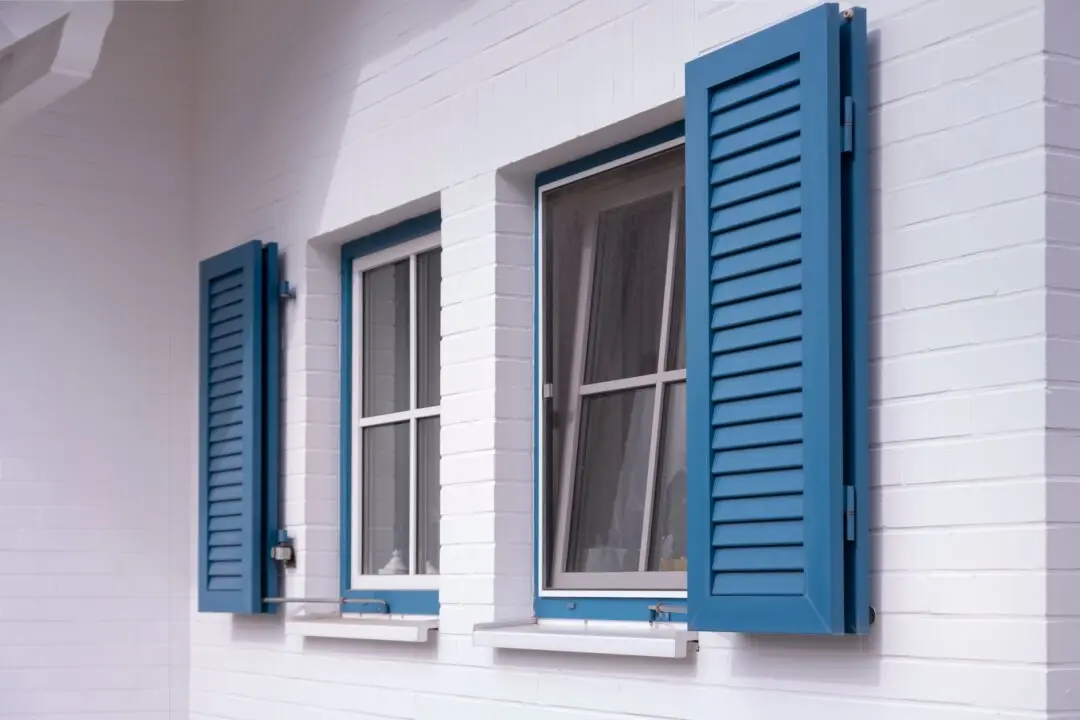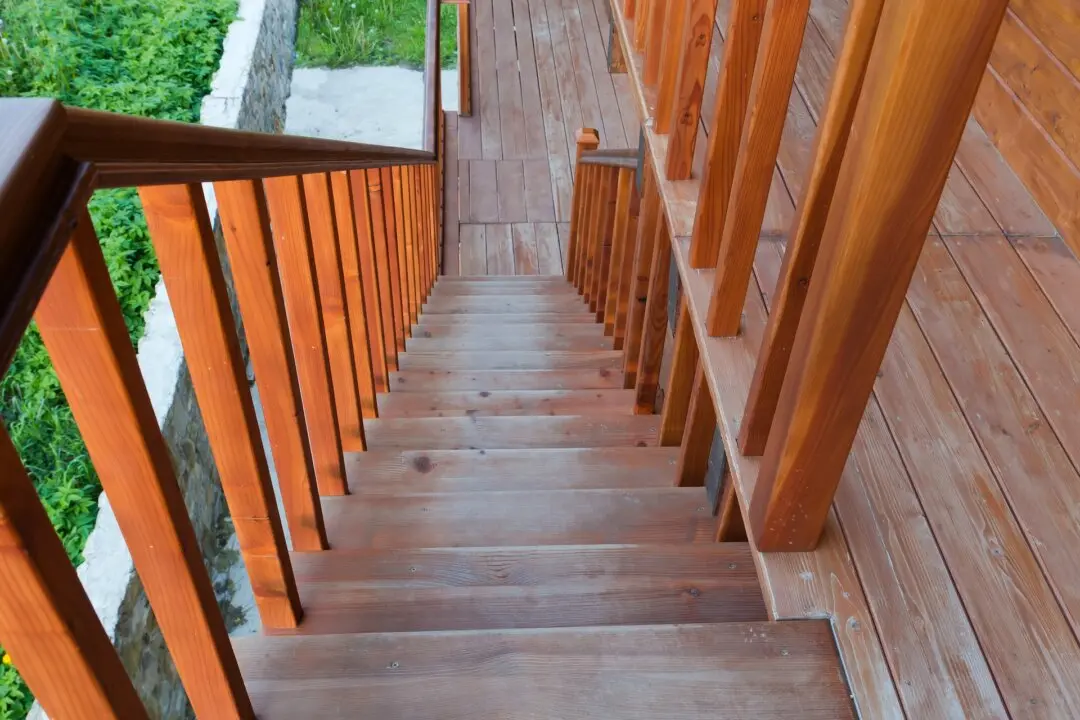Dear James: My elderly mother is moving in, so I need to add another bathroom. What are the major design considerations, and what is the proper sequence of project tasks?—Javier T.
Dear Javier: Planning the sequence of the work is always a smart step. There are many more considerations when adding a bathroom than when adding other rooms. It is very easy to get ahead of yourself, especially if this is your first time, and then have to rip something back out to do the next part.





